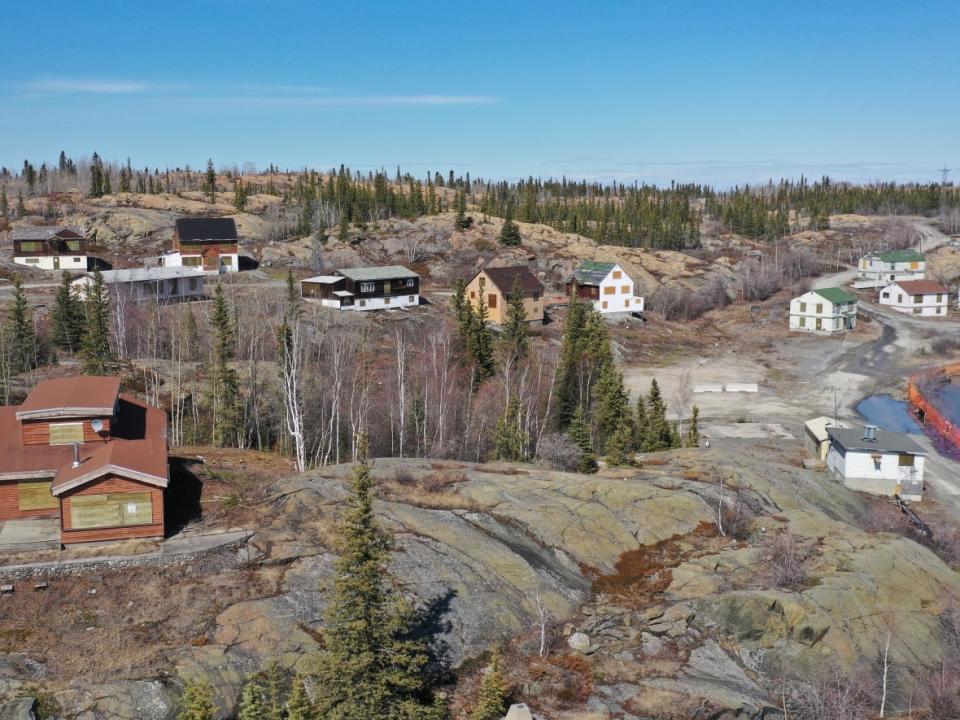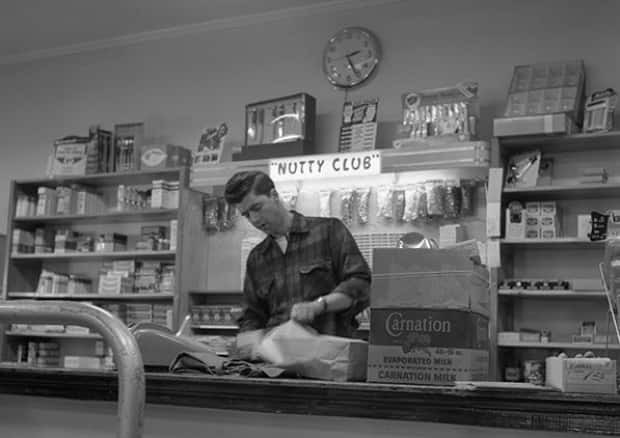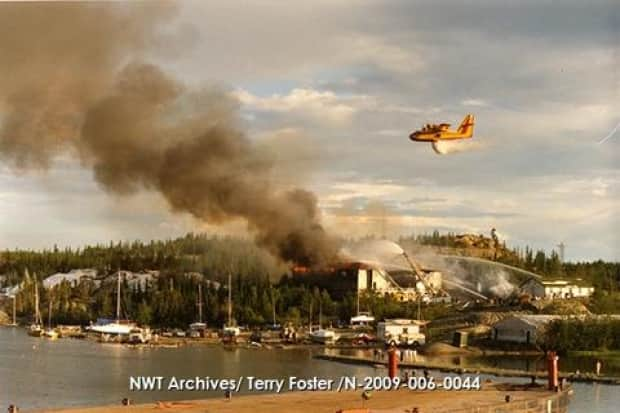Demolition of Yellowknife's Giant Mine townsite stirs memories, and mixed emotions

Many of the remaining buildings at the defunct Giant Mine townsite will be torn down over the summer, bringing back memories from the half century the gold mine operated on the outskirts of Yellowknife.
For some, the area is a source of fond memories of life in a thriving company town. But for others, it's a reminder of displacement, loss, and infringement of Indigenous rights.
The $1 billion cleanup of the mine began two years ago and is expected to continue until 2038. The goal, according to deputy director of the project Natalie Plato, is to return the contaminated land to recreational use.
Giant Mine closed in 2004. It is one of the most contaminated sites in Canada.
'I'd move back in a heartbeat'
Ken Hall grew up at the Giant Mine townsite and lived there between 1965 and 1986. He recalls the time fondly, saying it was a close-knit community where he met lifelong friends and embarked on adventures.
He'll likely be watching the demolition from a boat on Back Bay. The cluster of houses and buildings that make up the townsite is perched on a rocky hill overlooking the Bay, which is part of massive Great Slave Lake.
"It's going to be somewhat sad because it was such a great place to grow up, a great place to be a kid," said Hall.
"I'd move back out there in a heartbeat."
Growing up, he said they didn't really talk or know much about the contamination caused by the mine.

Particularly in the early years of the mine, before any pollution controls were installed, highly toxic arsenic trioxide dust generated from the gold refining process went up the smoke stack and settled on the surrounding land. After pollution controls were introduced, more than 237,000 tons of that dust was captured and stored in caverns beneath the surface.
"I've heard people say they were told as kids not to eat the snow, for example, but I was never told that," said Hall.
The people who lived at the townsite worked at the mine, including Hall's father. "If there was any thought in his mind that he was putting his family at risk, then we wouldn't live there," said Hall.
Toxic legacy
When Morgan Tsetta looks across at the old townsite from her mother's home in N'Dilo, a small Dene village on the other side of Back Bay, she's reminded of the trauma it inflicted on her family and community.
She's happy to see it torn down, so at least she doesn't have to deal with the constant visual reminder of displacement, loss, and infringement on Yellowknives Dene First Nation's treaty rights.
"Having that constant reminder of its presence is very traumatizing at times," said Tsetta, especially because of how personal it is.

Reports of harmful effects of the mine date back to its earliest years.
In 1951, a Yellowknives Dene child died after eating arsenic contaminated snow, followed by subsequent reports of arsenic poisoning, and a mass death of nearly an entire herd of cattle.
Tsetta said that, even when the buildings are gone, Giant Mine's toxic legacy "is always going to be there." But at least that visual reminder of the harm it caused will be gone.
Tsetta said she's heard from relatives of people who lived and worked at Giant Mine and recognizes they look at the mine very differently.
"Anyone can remember their childhood and think very fondly of their childhood home, but to now look at it in the lens of how toxic it was," said Tsetta, "and having to reconcile that with your past is a lot, and I sympathize."
"But it's almost on the back burner for me, because I'm always thinking about, like, Indigenous people first."
Yellowknives Dene First Nation has demanded a federal apology, compensation, and a greater role in remediation work because of the contamination of their ancestral homelands, lands that were mined without consent or compensation. The First Nation also say that officials were never honest with the public about the risks the mine posed.
'It's hard to grasp losing such familiar landmarks'
Ryan Silke, vice president of the Yellowknife Historical Society, hoped some of the buildings at the townsite could have been saved.
"How great could it have been to repurpose the buildings and bring some life back to that area? So, you know, maybe a bit of a lost opportunity, but that's just the way of progress, I suppose," said Silke.

He looks back on the days when the townsite was a bustling community.
While connected to the city of Yellowknife by a long, windy road, the town had many of its own amenities, like a fire hall, curling rink, library, theater and billiard hall. It even had its own hockey team, called the Giant Grizzlies.
"It is hard to grasp losing such familiar landmarks," said Silke, acknowledging that there is a wide range of perspectives on the legacy of Giant Mine.
Currently, the Yellowknife Historical Society is turning the old recreation hall into a museum. When finished, it will be "a place where people can come to learn about the legacy of the Giant Mine, you know, both the positives, but also those negative legacies," said Silke.
"It's an interesting story to tell and we're really excited to open up in the coming year."

